$ (document).ready(function() { SampleGalleryV2({“containerId”:”embeddedSampleGallery_6761134399″,”galleryId”:”6761134399″,”isEmbeddedWidget”:true,”selectedImageIndex”:0,”isMobile”:false}) });
In an alternate timeline New York-based photographer Aaron DuRall and his partner Whitney DuRall would have been gearing up for their busiest season of the year – wedding season. The couple have been photographing weddings together for eight years and typically make the bulk of their yearly income during Spring and early Summer. Of course, these are not the times we’re living in. Like many independent photographers, as COVID-19 began sweeping through the states, DuRall saw his work drop off quickly.
“We lost about about a third of the year, it’s pretty staggering,” he says.
DuRall, who also specializes in portraiture and documentary work, saw those gigs dry up quickly as well. For the last month DuRall has been isolating at home in his apartment in Ridgewood, Queens, churning out daily photos that are worlds away from the natural documentary style work that he typically creates. We caught up with DuRall over the phone to learn more about the inspiration for the brightly-colored, surreal frames that make up his COVID-19 Self Isolation series.
Tell me how you started your isolation photo project.
We began isolating on Sunday, March 15 and have been at home since. I knew I was going to be cooped up and I needed something to keep me occupied and stretching my brain – keep me busy and creating. I decided I was going to make photos every day, but it’s gone through an evolution.
Initially I thought I would photograph the neighbors when they were outside in their backyard from our back windows, or that I’d photograph from our front windows and capture people on the sidewalks and hanging out on their stoops. I thought I’d use an observational, bird’s eye view and a long lens, then I realized how limiting that would be. I have a view of one backyard and a view of four stoops. How can you photograph the exact same people every single day? Then I decided I’m just going to get weird using the objects that we have at home, and experiment with light, form and the human body.
 |
| Aaron DuRall |
What is the planning process like for the daily shoots?
I start thinking about what I’m going to do tomorrow as soon as I stop shooting for today. It’s the mindset of ‘I got that idea out there, so what is the next one?’ I’ve been keeping notes in my phone so if an idea comes to me in the middle of the night or while I’m walking around the apartment I put it in my phone. Then I sketch them out in a notepad and figure out how I might enhance the idea through different objects and colors that I have access to in the apartment.
I start thinking about what I’m going to do tomorrow as soon as I stop shooting for today
I’m not going to lie, we lost the bulk of our livelihood for this year with the pandemic—April, May, June and July wiped clean—so I do spend extra time in bed every day. I get out of bed around 11:30, make a coffee and a blueberry waffle with peanut butter, and then come into the space, turn on my music and stare at my backdrop to try and figure out what the idea is going to be and how I’m going to facilitate it.
What’s in your home-studio setup?
 |
| Behind the scenes: Aaron’s home studio. |
I’ve got a handful of seamless paper, some poster boards, a variety of gels and then just a bunch of silly props. For lights I’ve got two Alienbees B800s and a Canon 430EX speedlight. My camera is a Canon 5D Mark III.
During weddings you and your partner Whit are typically shooting alongside each other, what has her role been in these shoots while the two of you are quarantined at home?
Some days I make a photo 100 percent by myself and I won’t need help, but there are other concepts where I need to have her involved. I would say 70 percent of the time she is involved, sometimes that means being the subject of the picture, other times it’s having her flag lights, or even press the shutter for me. Whit’s usually sitting in the living room reading a book or working on emails while I’m in the office tinkering. The process has typically been when I’m at a point where I need her help with something she will pop in. I try to make it a quick process and not hold her hostage with this stuff.
Early on, day four or five of isolation I decided to light my hand on fire
A big part of what she is doing is sitting in as my subject. She’s very comfortable in front of the camera, awesome at taking direction and is great at helping me give these images that final pop. I’m lucky that Whit is super patient, and will generally participate in any of the ideas I have – there have been some moments that she hasn’t been too thrilled.
I’ve cut it from the series at this point, but early on, day four or five of isolation I decided to light my hand on fire – she wasn’t stoked on that for obvious reasons. You take the best precautions that you can, and there is a process to doing it as safely as possible, but she obviously wasn’t too thrilled about setting me ablaze inside of our apartment – which is very reasonable. She’s been really supportive, whether she is involved in the shoot or not.
 |
| Aaron DuRall |
What is the post-processing process like for you?
It’s gotten more involved as the project has gone on. I was never big on post-cleanup and retouching, but I’m actually starting to enjoy it. These were skills that I didn’t have the best grip on going into isolation, and when I come out of this situation I feel like I’m going to have a lot more skills that are applicable to my freelance career.
Some of it is simple: removing artifacts from the backdrop and making sure that it has a consistent smooth look. The Invisible Man photo required a lot of compositing. I had to mask myself out of that and then I had to take additional photos of the inside of the collar of my shirt, the inside of my sleeves, the insides of my shoes and my beanie so that when I inevitably erased myself from this photo those things would be filled in and it would look authentic.
It’s been more post-processing than I’m used to, but I’m not mad about it. These projects are taking up a good amount of my day. I wake up, I spend a couple of hours tinkering, I spend about an hour shooting it and then I’ll spend about two hours retouching and editing.
I’ve felt like I’ve broken out of a shell and have started creating work that is so far from the body of work that I generally live within
What have some of your favorites from the series been so far?
I feel like each new day provides a new favorite, honestly. The ones that appeal to me the most are the ones that have some kind of erotic or sexual connotation to them. I’m primarily a portrait and documentary photographer, and so this has been really exciting, creatively speaking. I’ve felt like I’ve broken out of a shell and have started creating work that is so far from the body of work that I generally live within. Lots of color, lots of punch, lots of heavy shadows. These are things that I never really did before. I love them all, but I’m drawn most to the ones that have a subversive and sexual feel to them.
Why was it important for you to take such a different approach with this project?
I could have gone into this and taken a documentary approach, I did at first, but I think everyone is acutely aware of how scary this situation is – at least in New York. I would rather create an escape and give people a distraction from this, as opposed to creating something somber that is predicated on the weight of this moment.
I think it’s been great for my mental well-being, has kept me focused and kept me optimistic. Based on the feedback I’ve been getting online, it appears that this work is something that other people enjoy as well, and that’s the cherry on top for me. I make this work to make myself feel better, and if it’s somehow making someone else feel better that’s cool and I am lucky for that.
 |
| Aaron DuRall |
Articles: Digital Photography Review (dpreview.com)
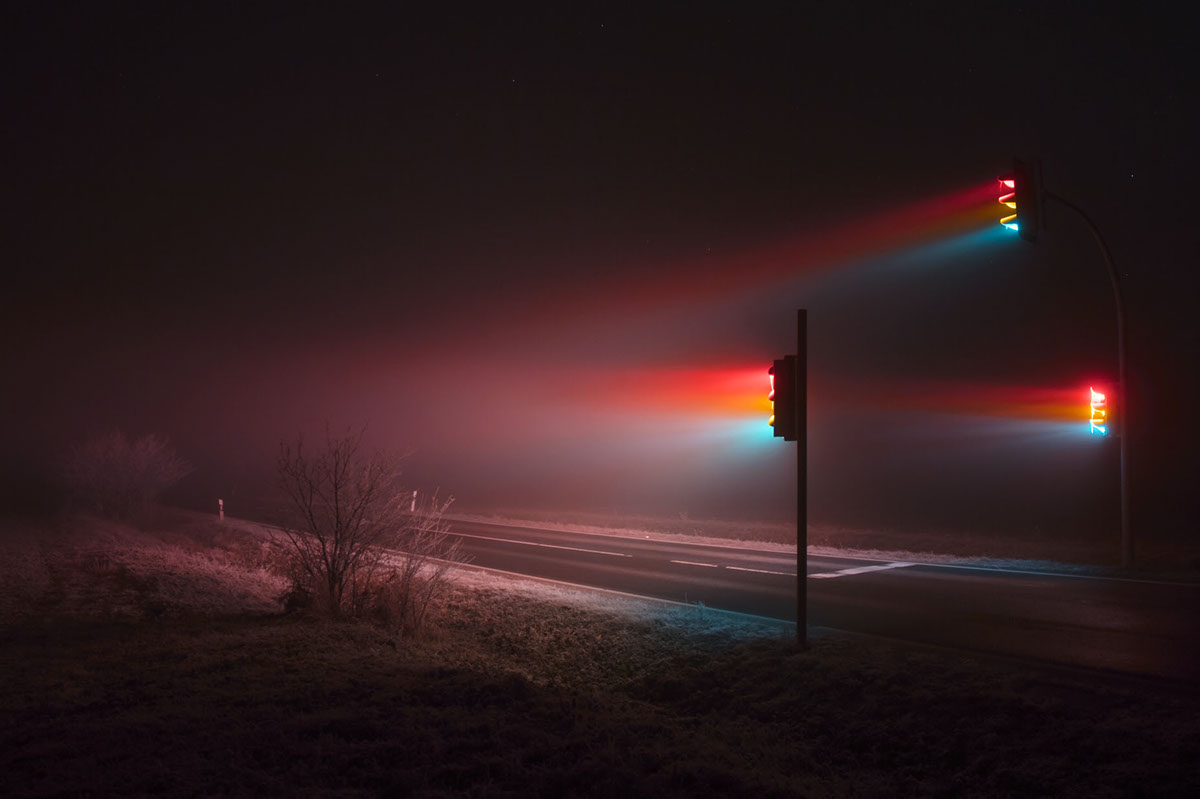

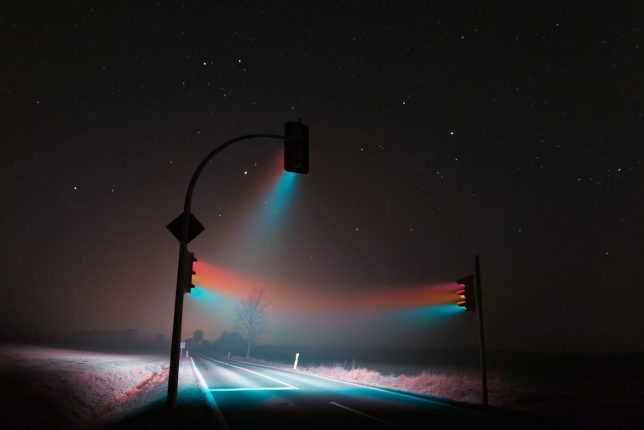
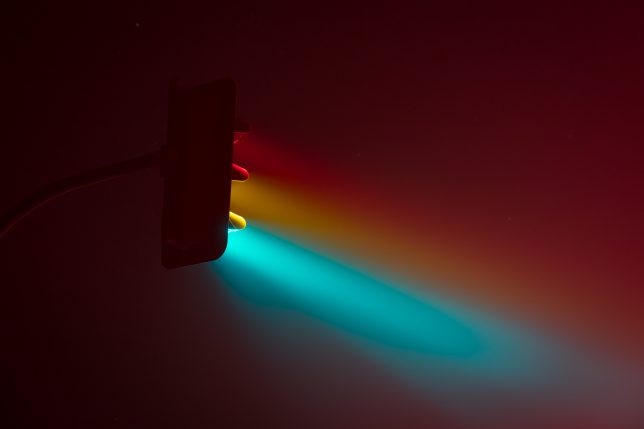
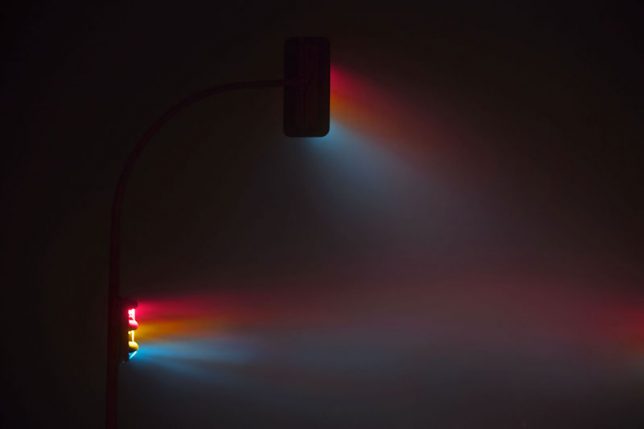
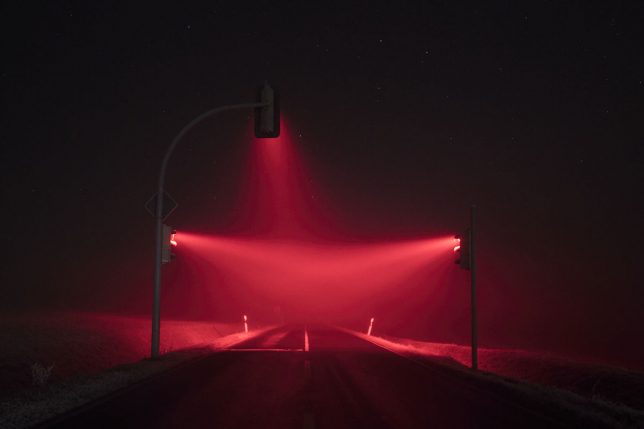
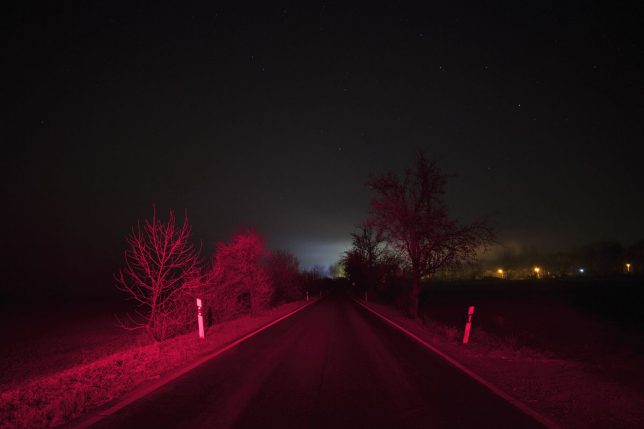

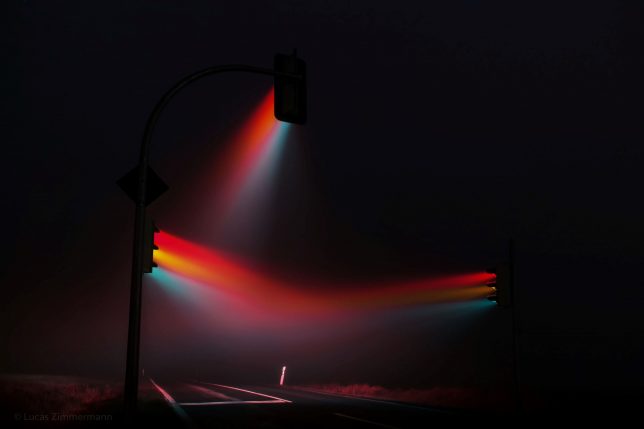
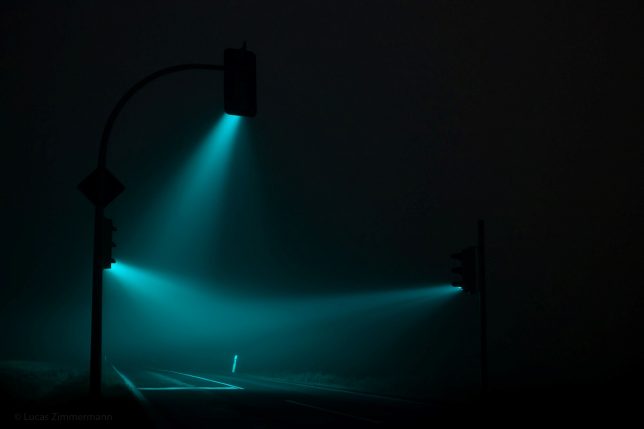




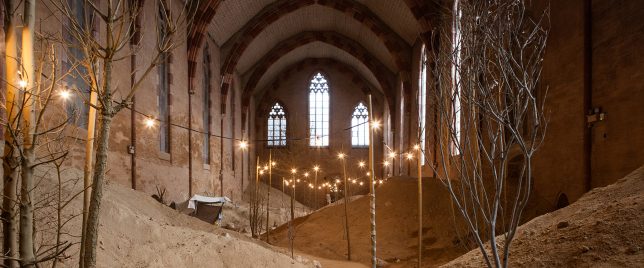
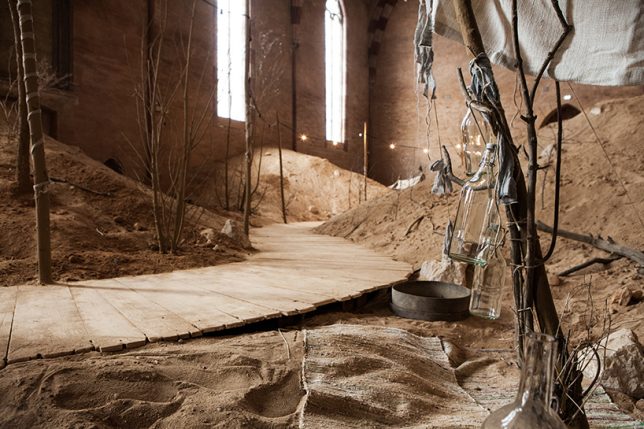
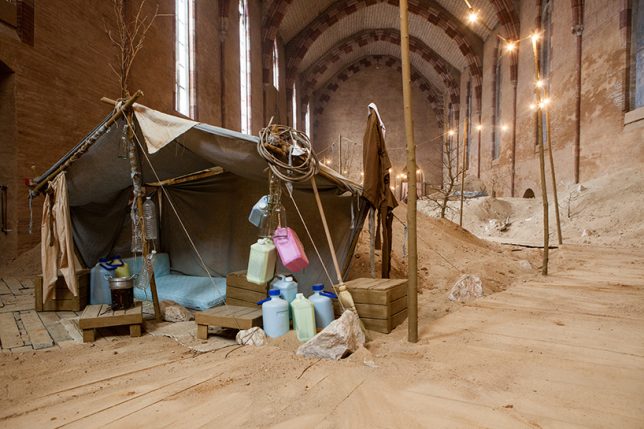
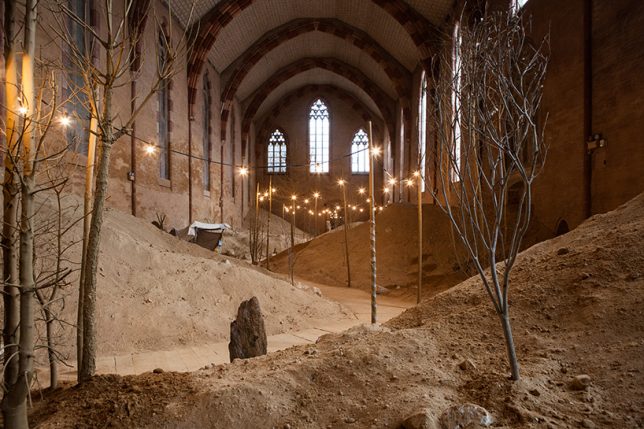
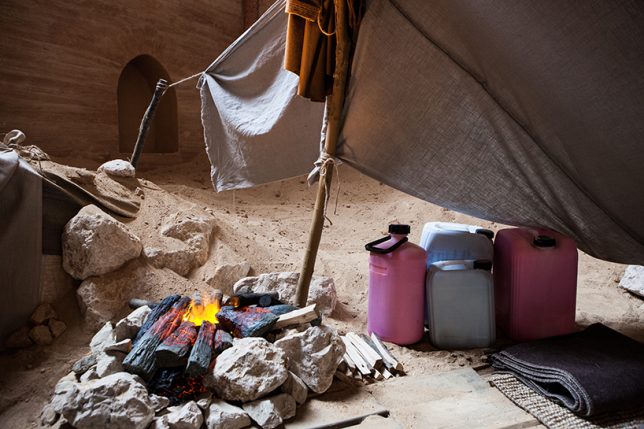

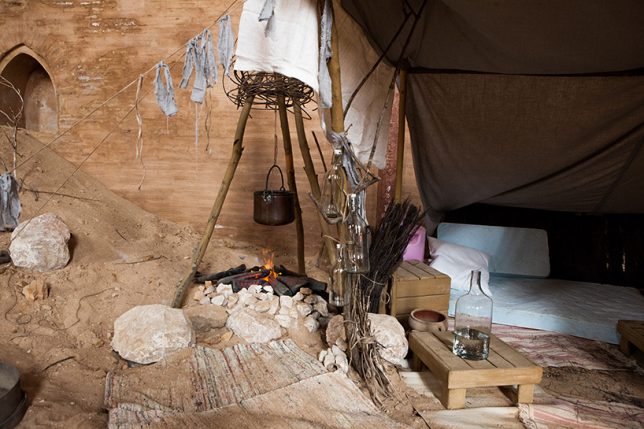
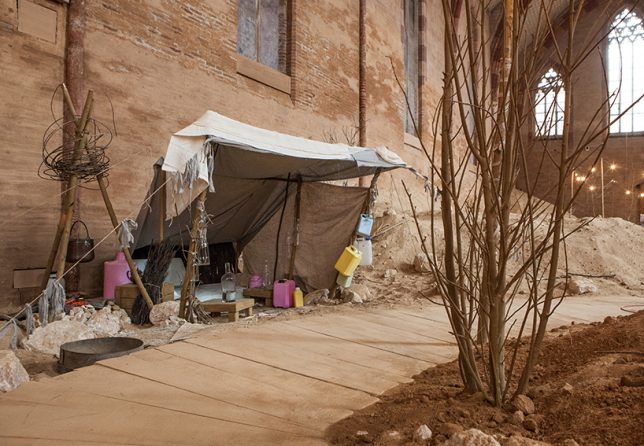

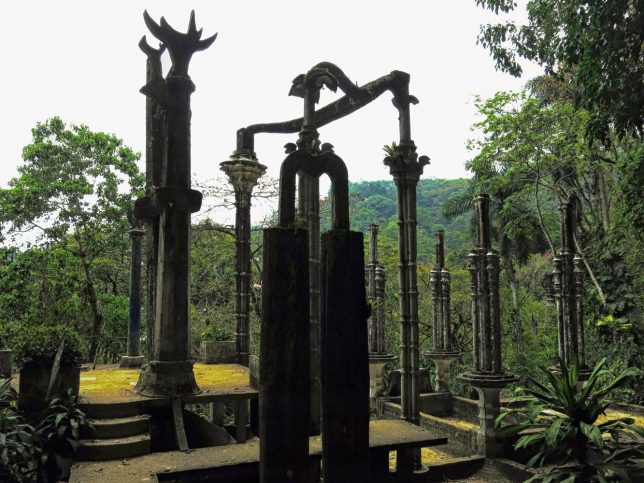
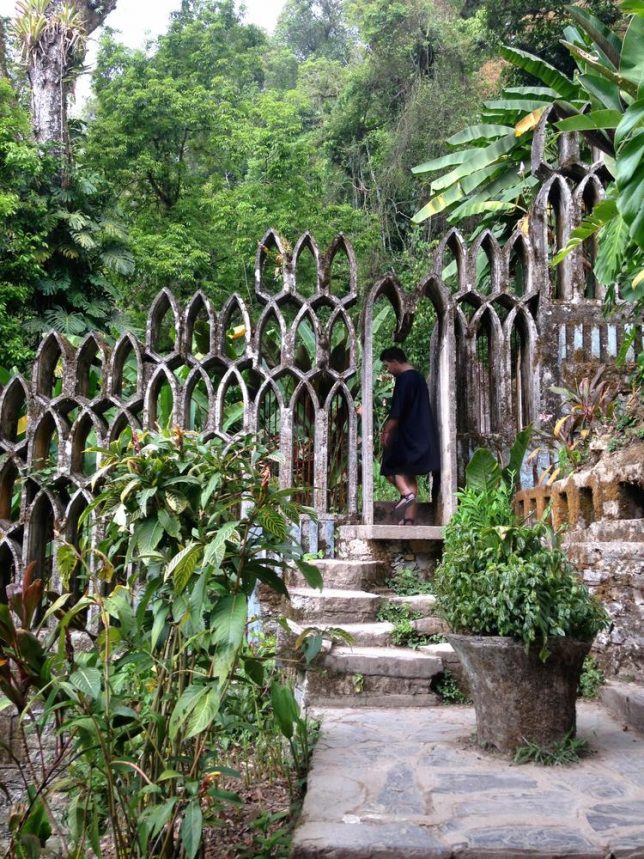
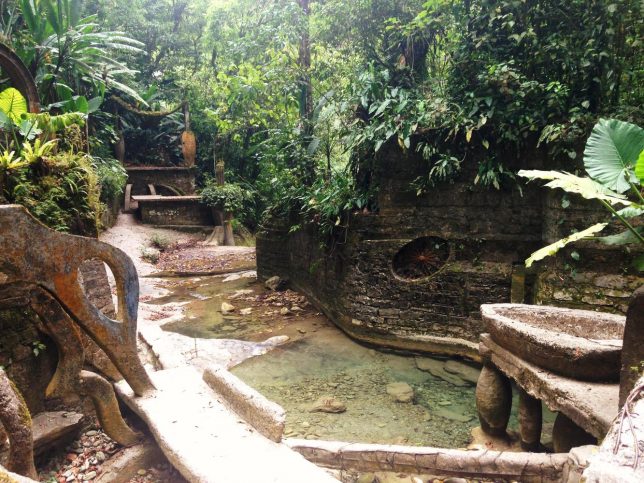



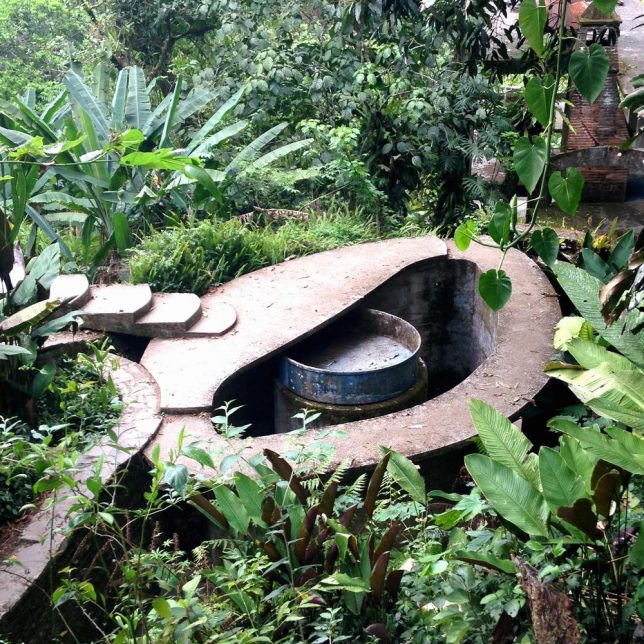
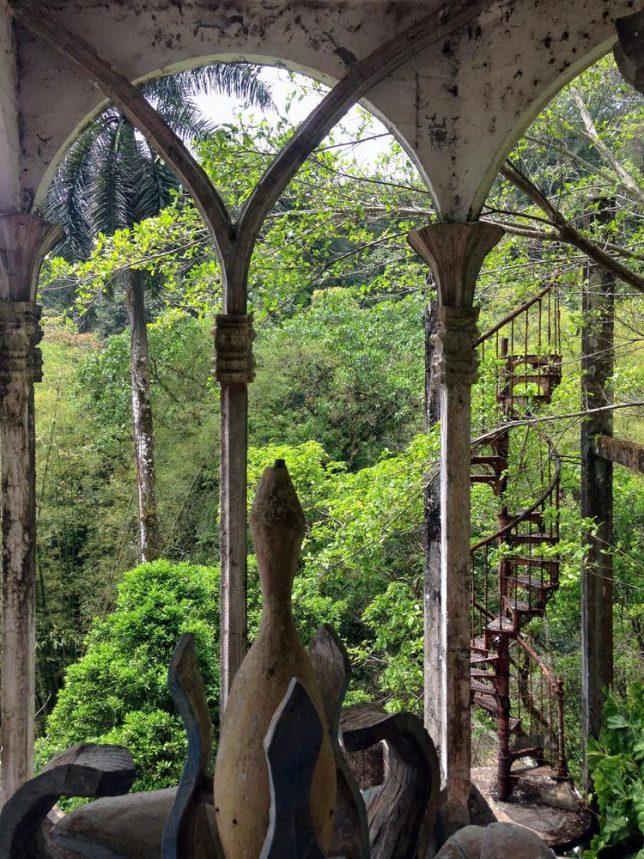
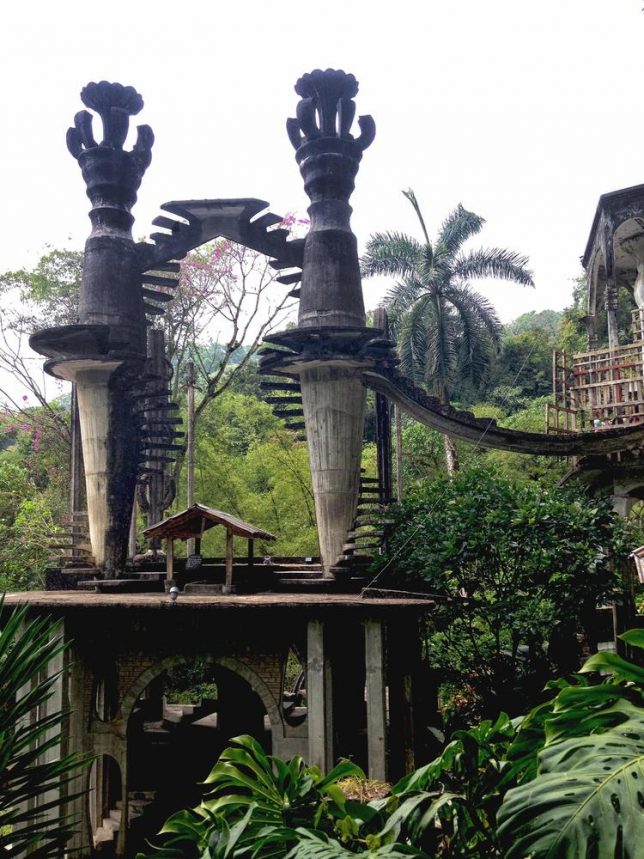
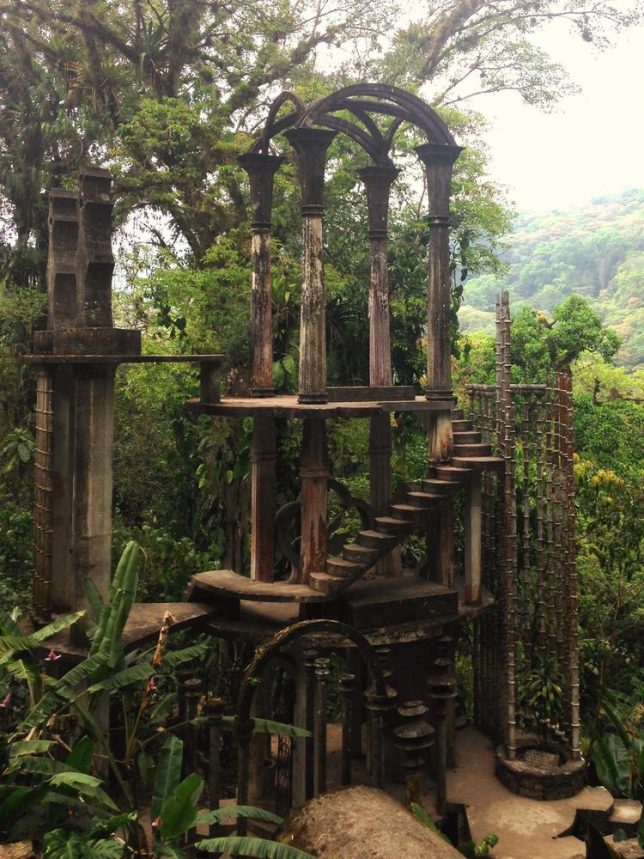
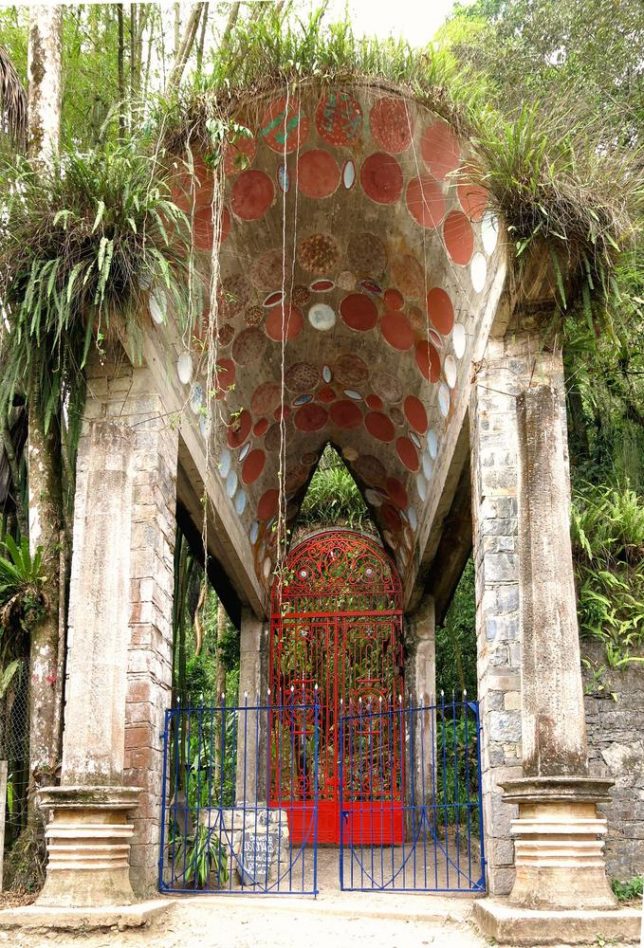

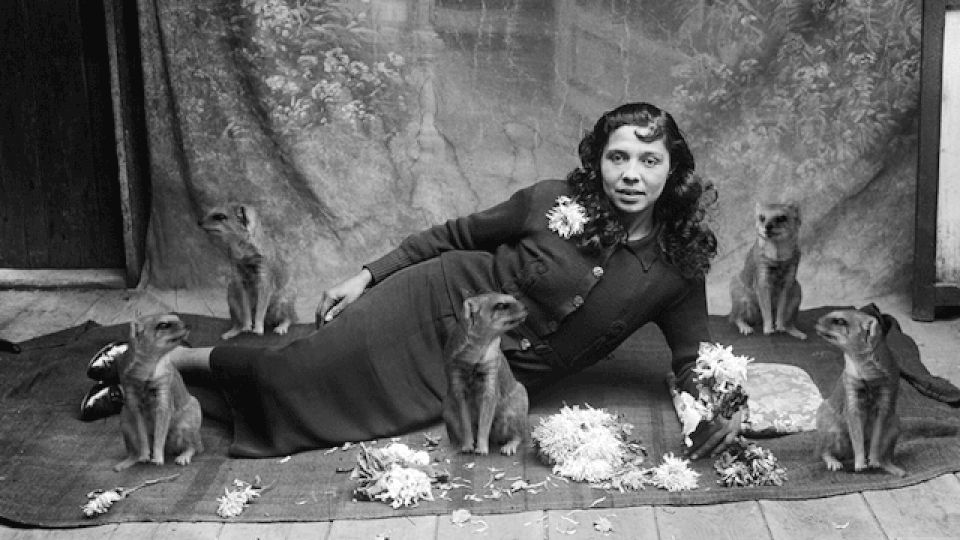

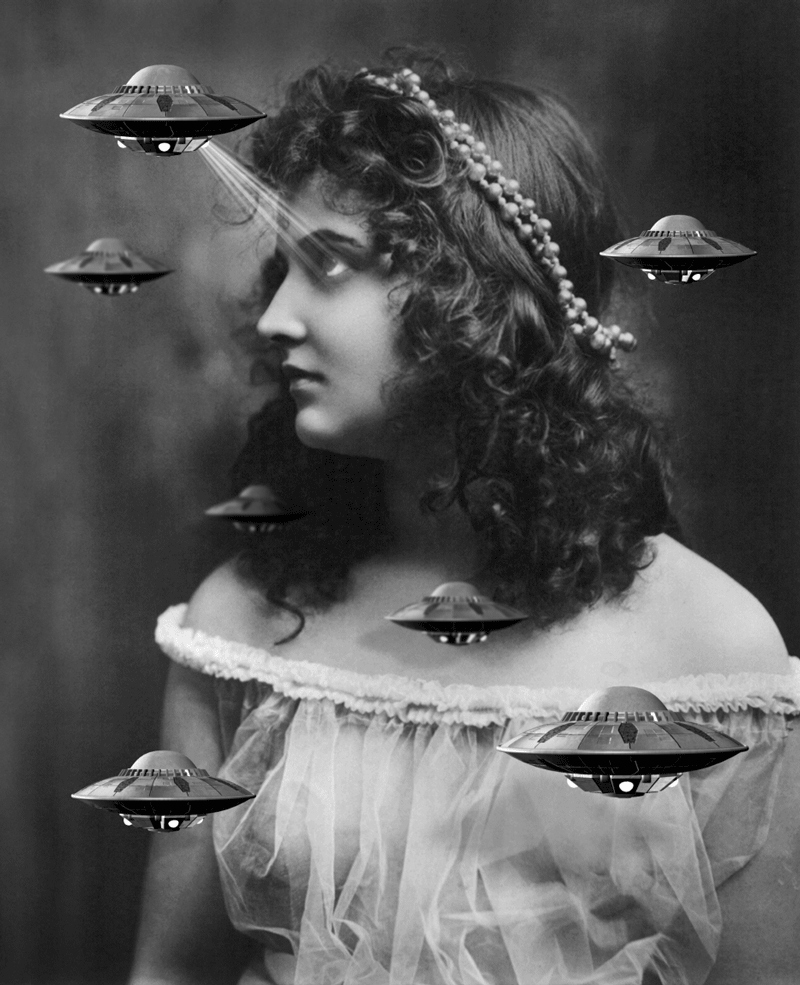

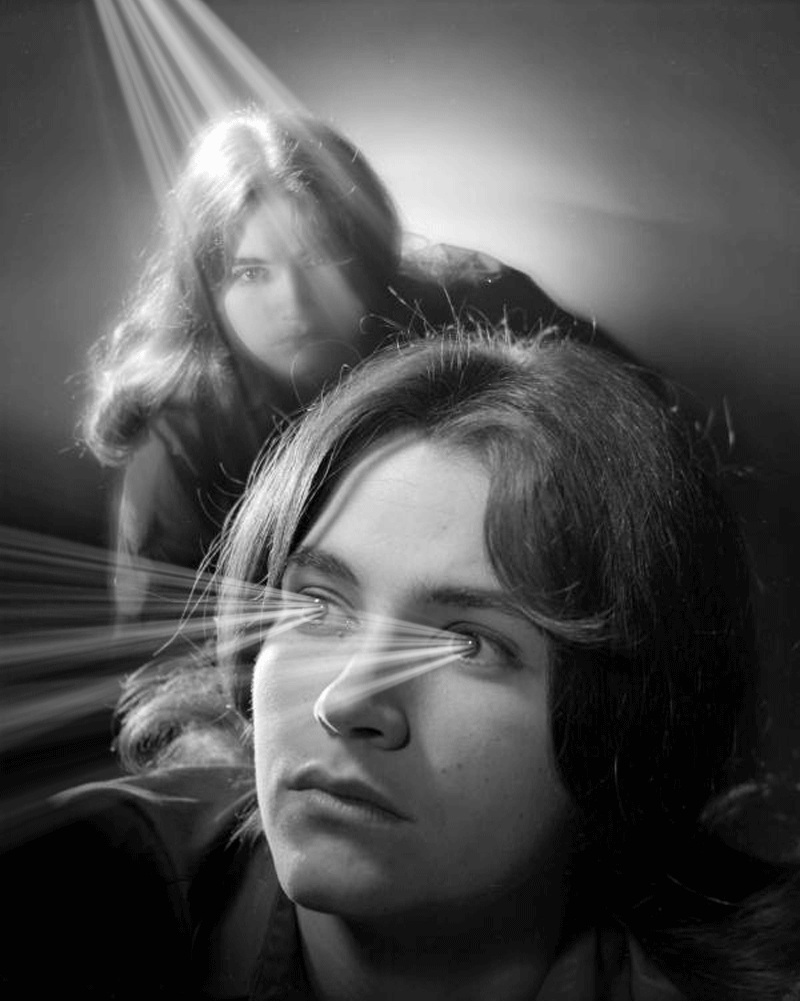
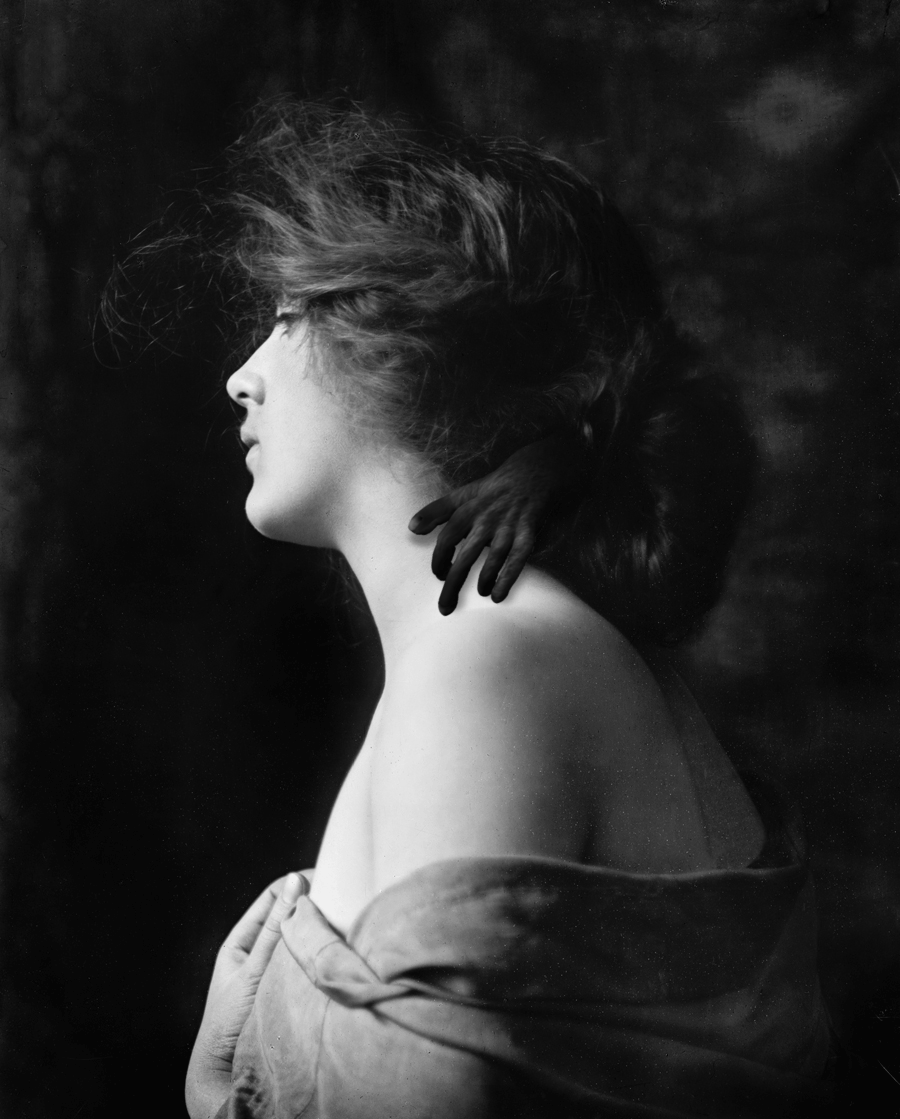
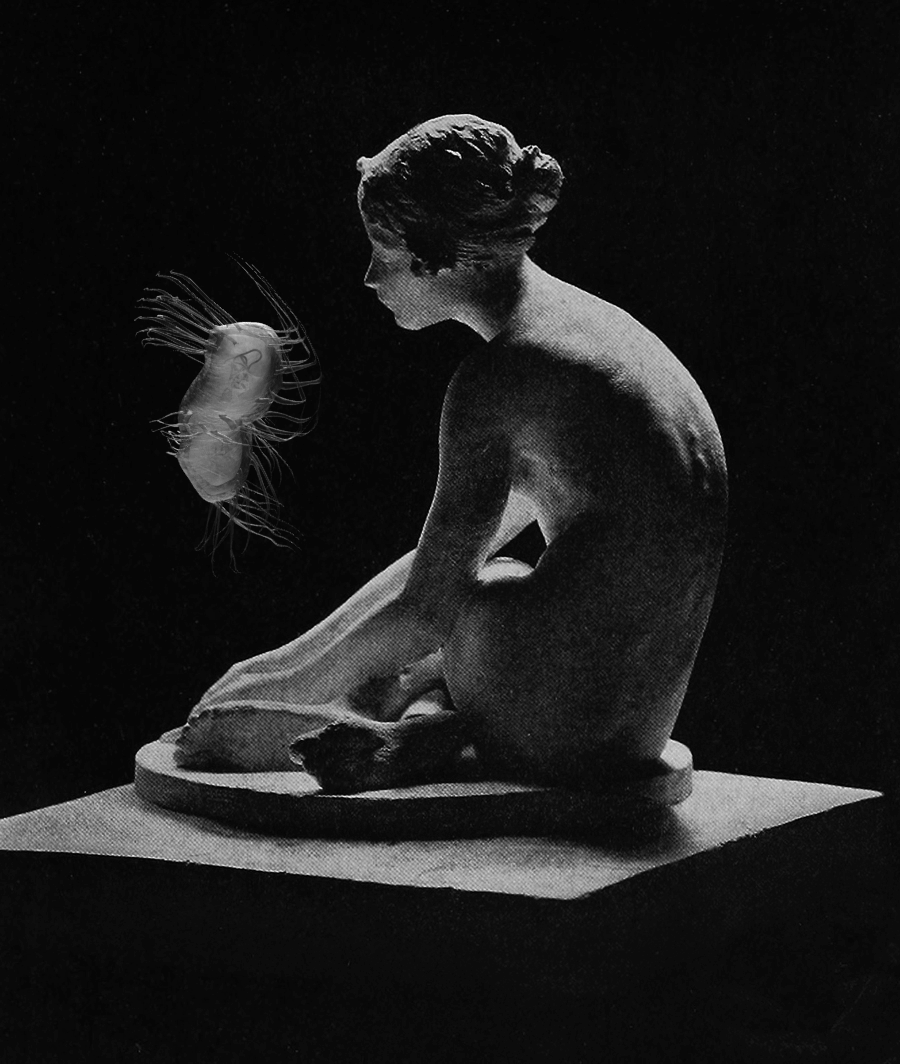
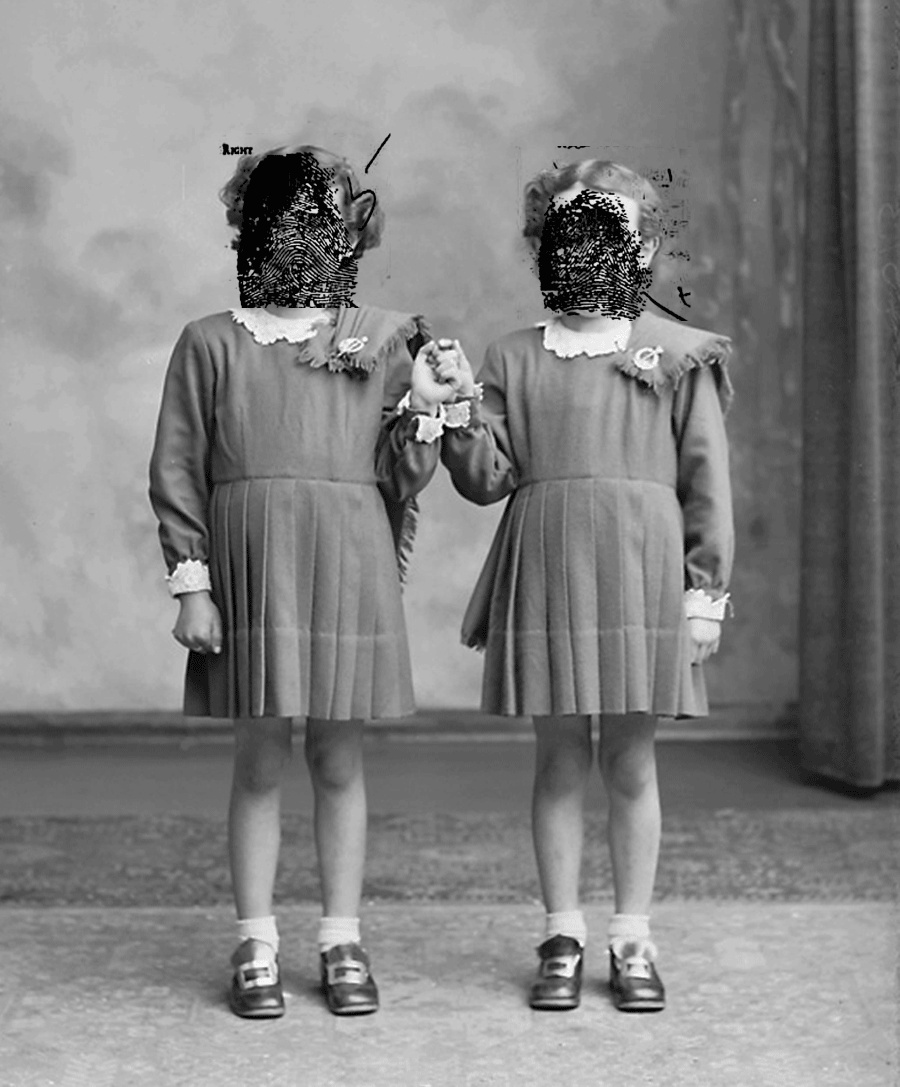

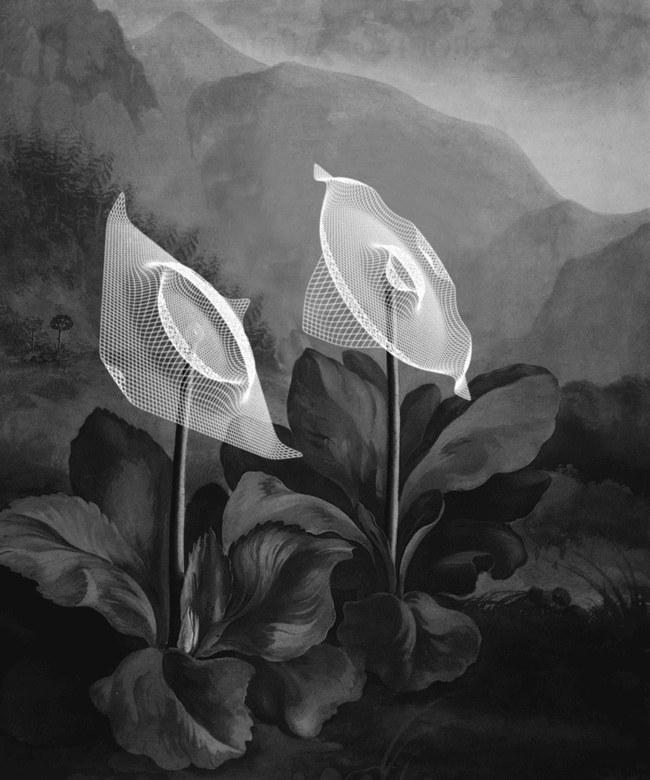

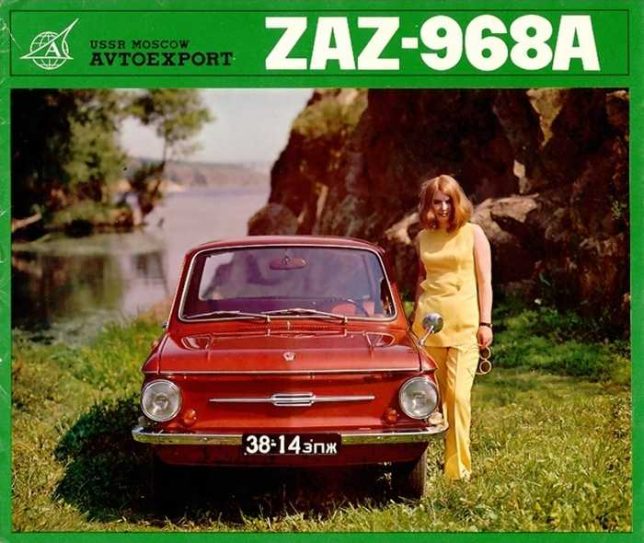
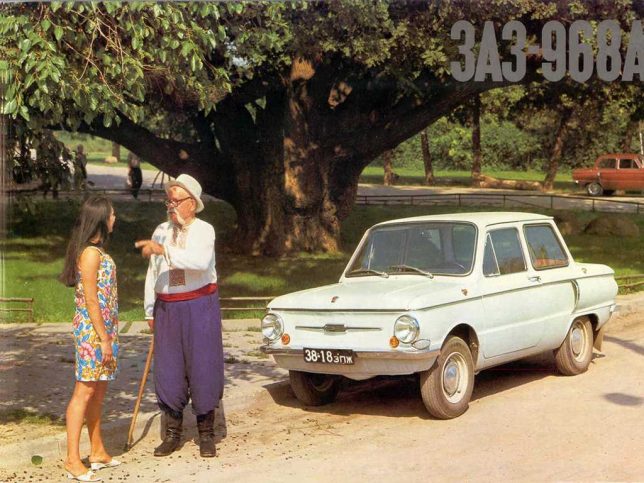
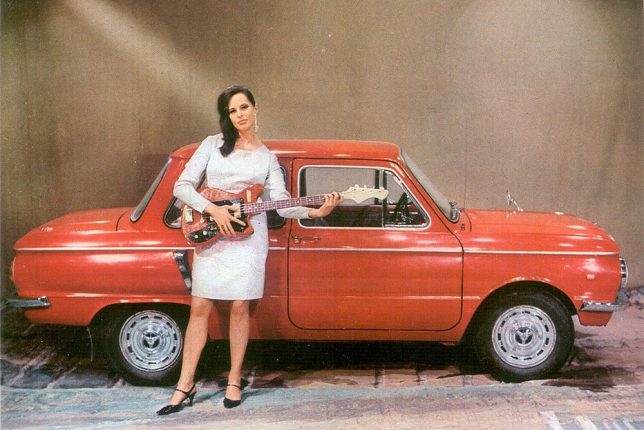
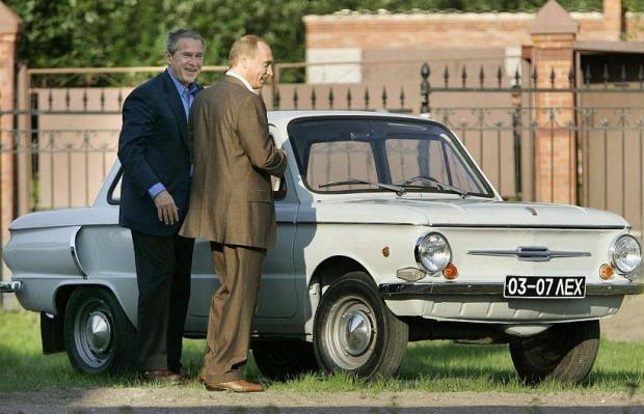
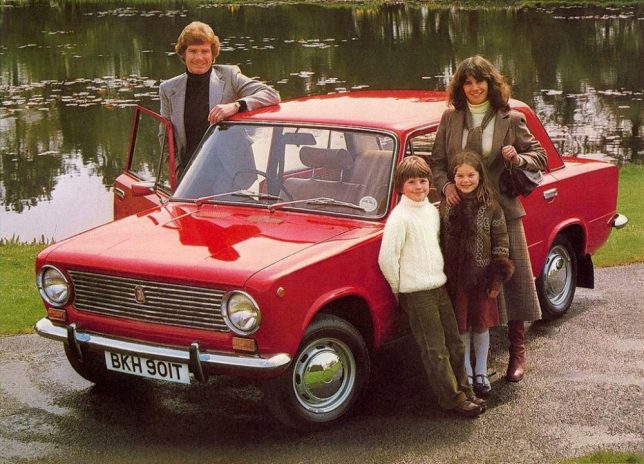
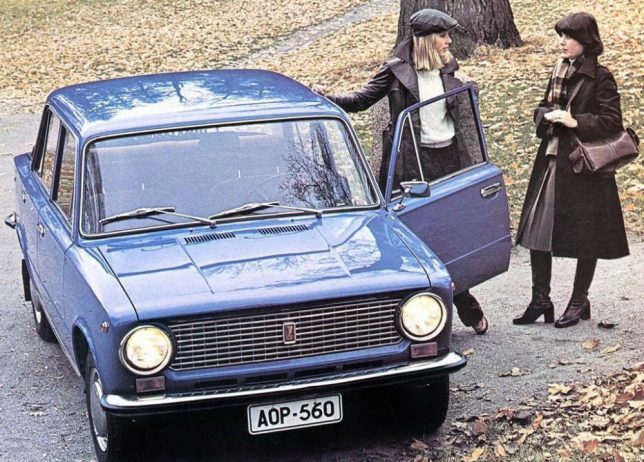
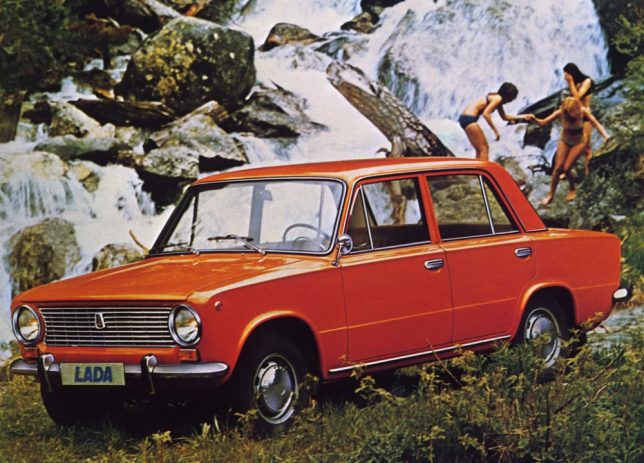


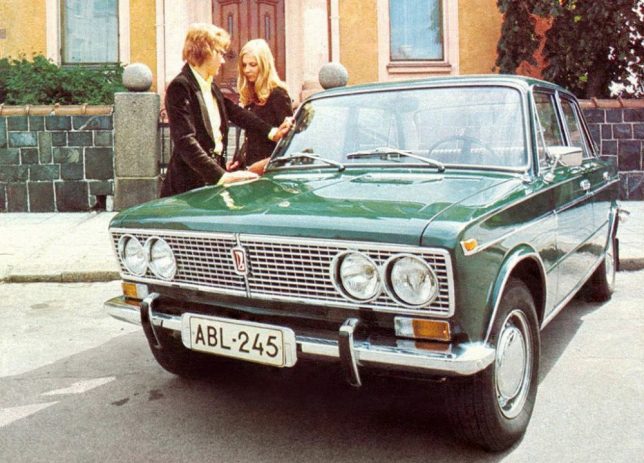
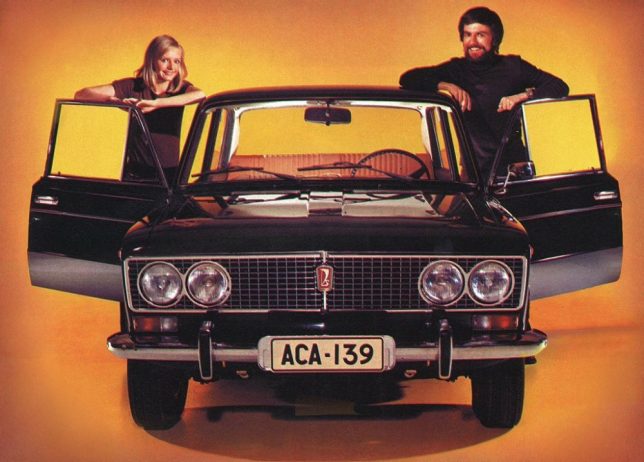
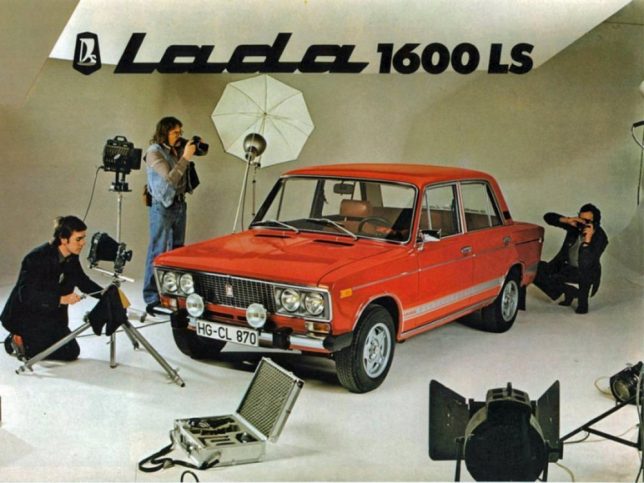

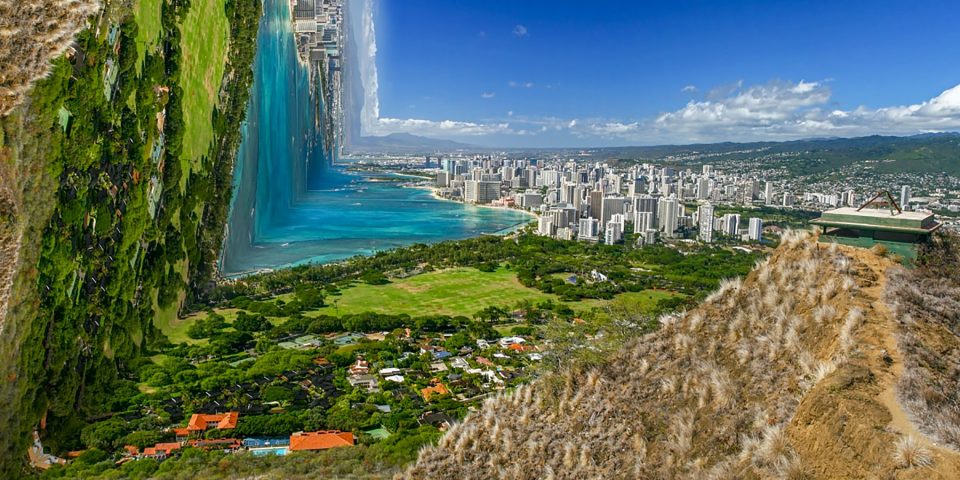
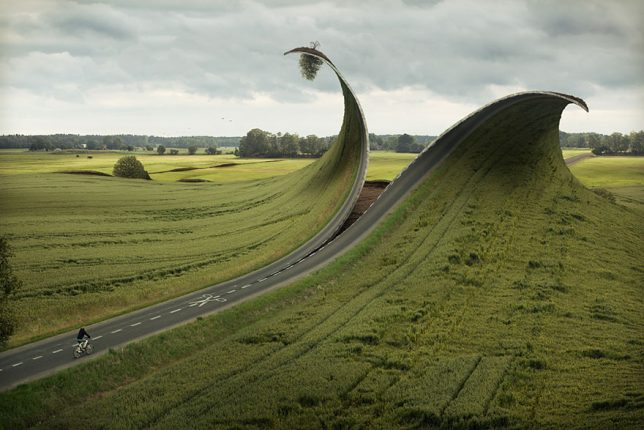


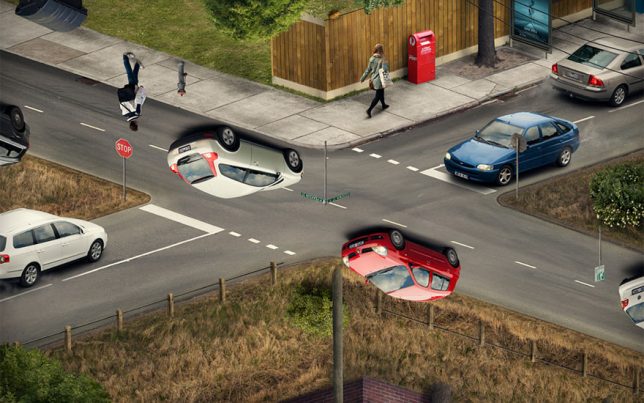

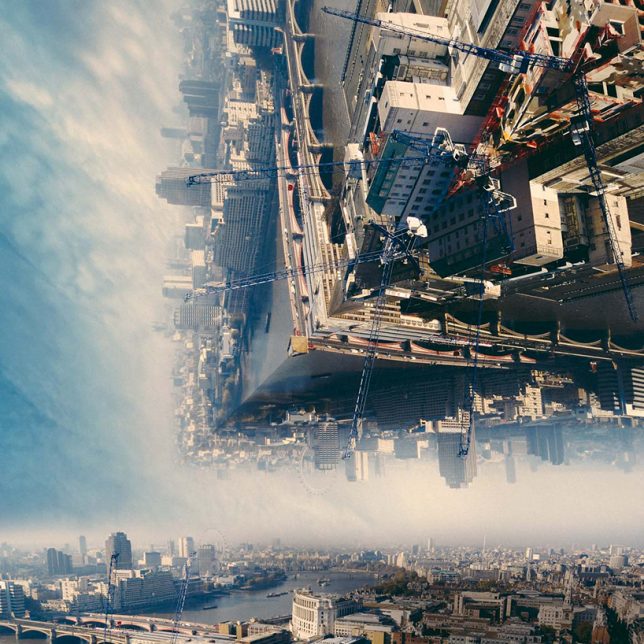
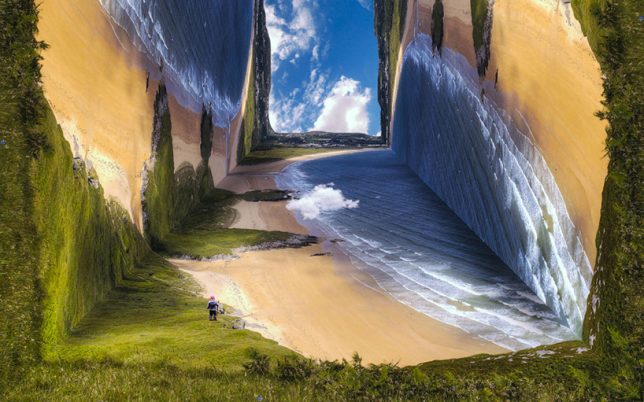
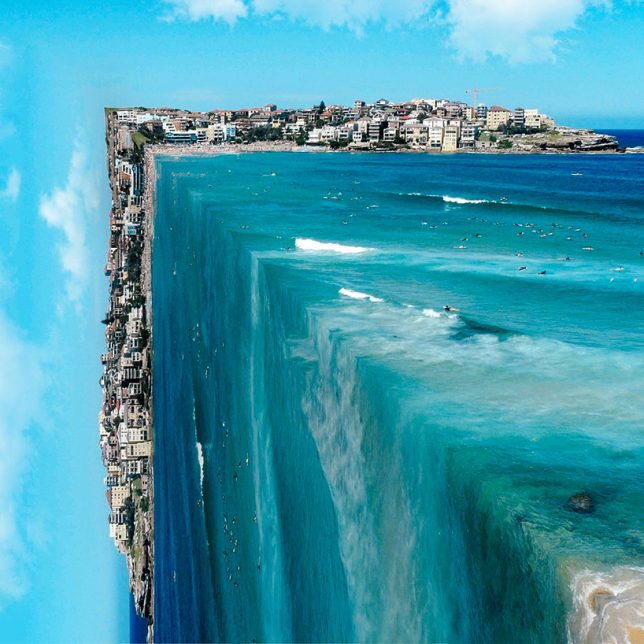
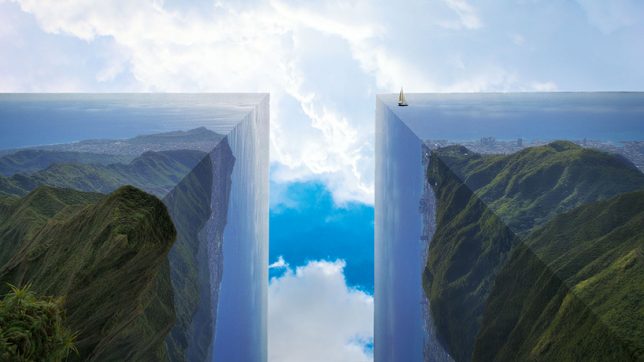
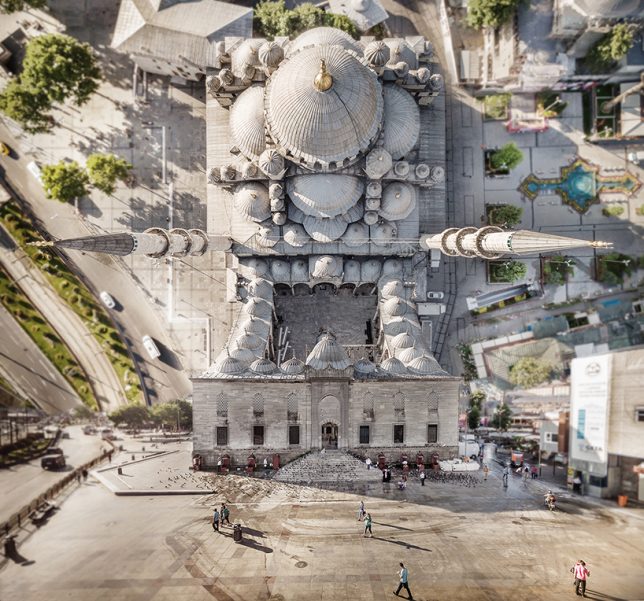
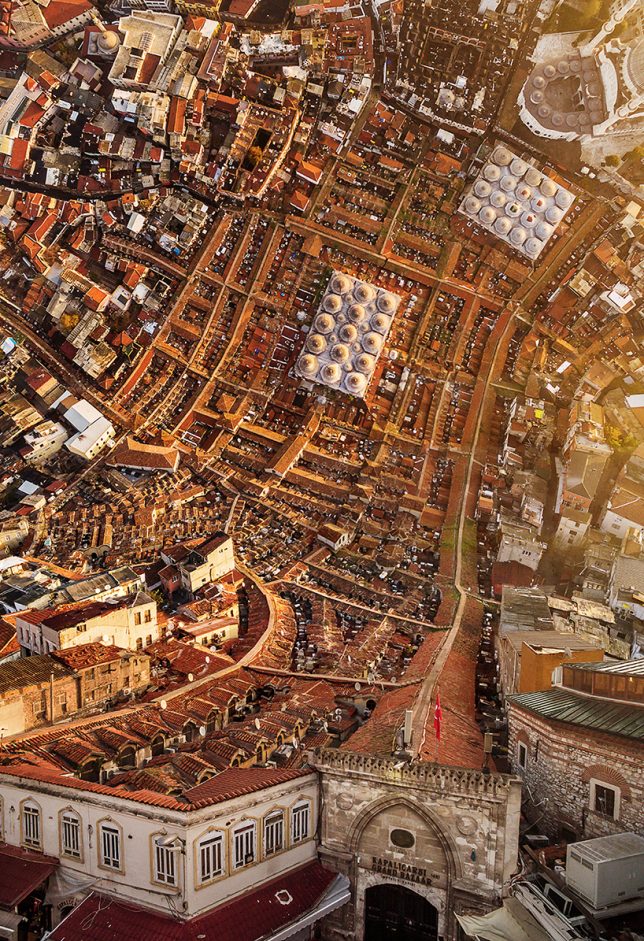
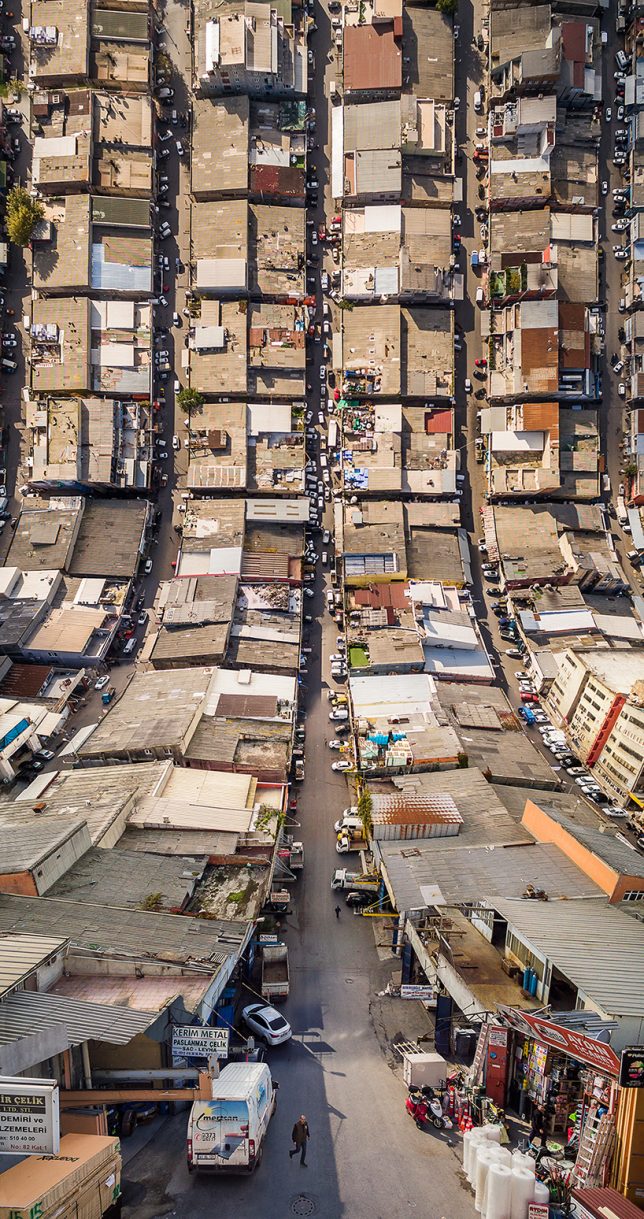
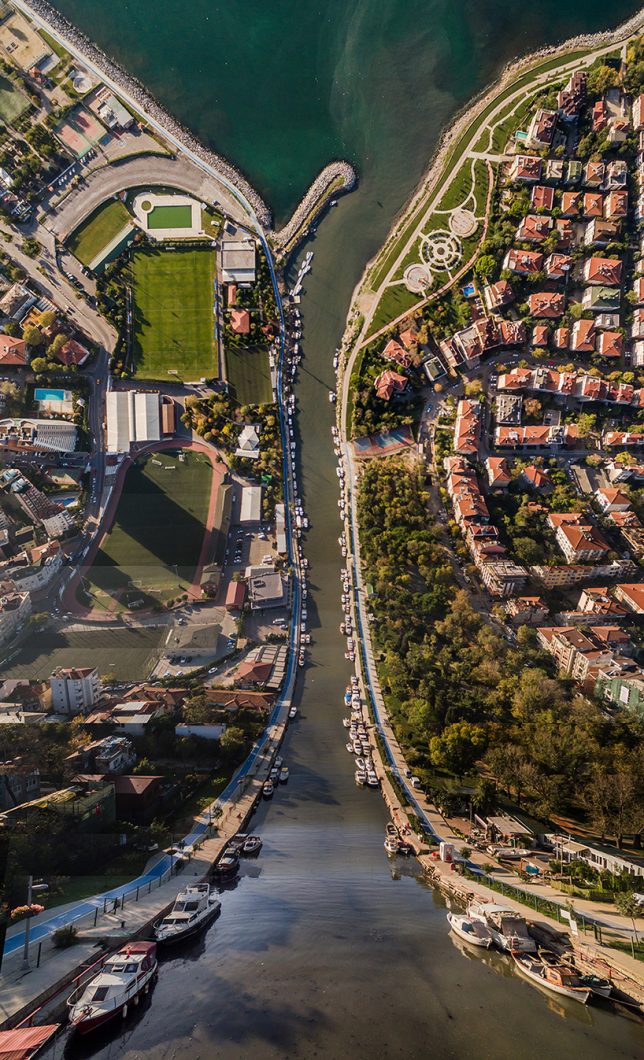
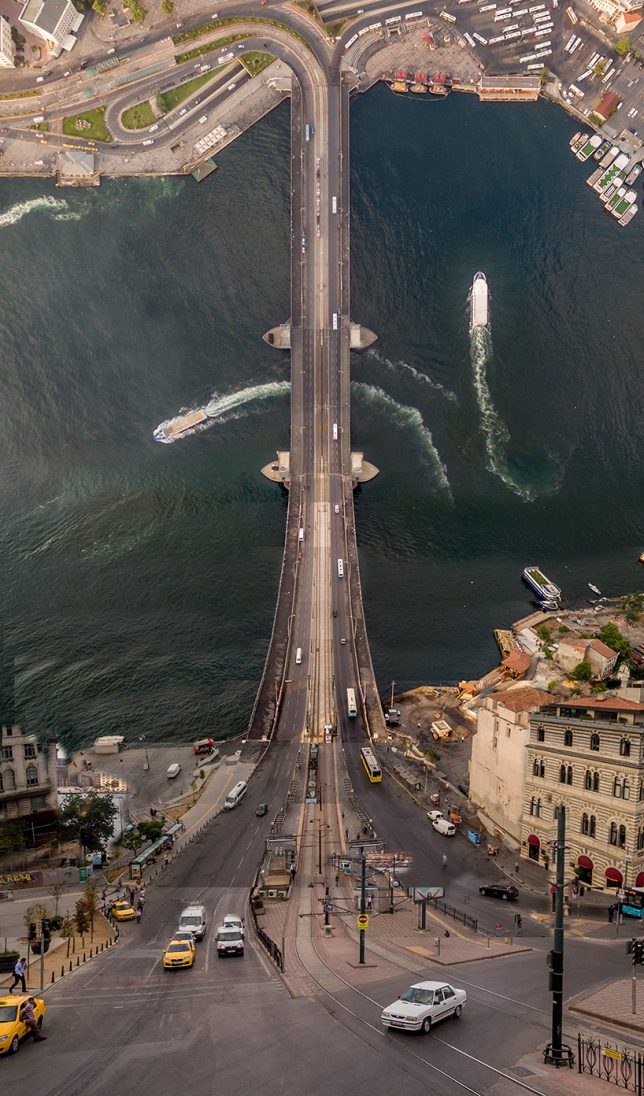
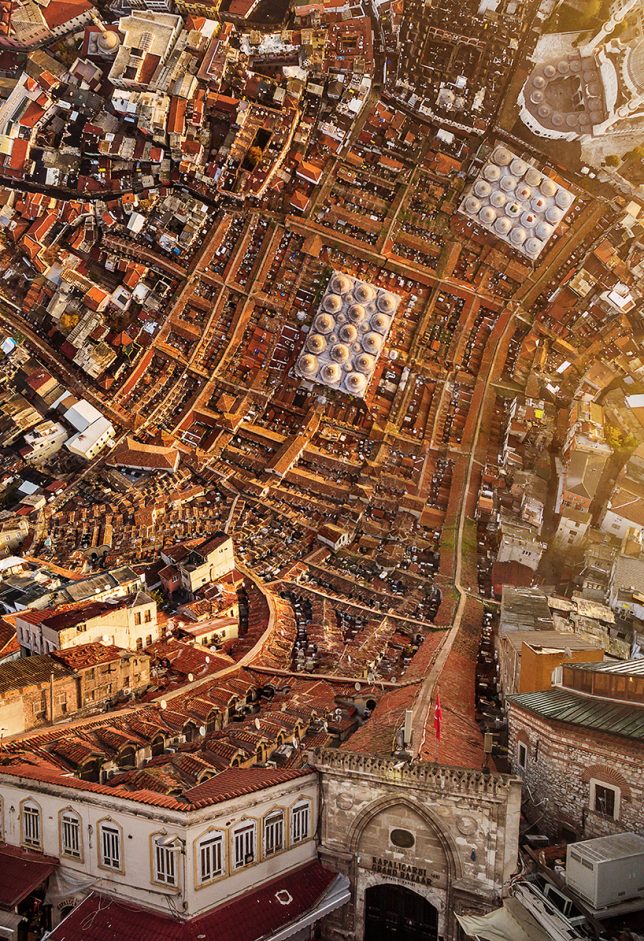
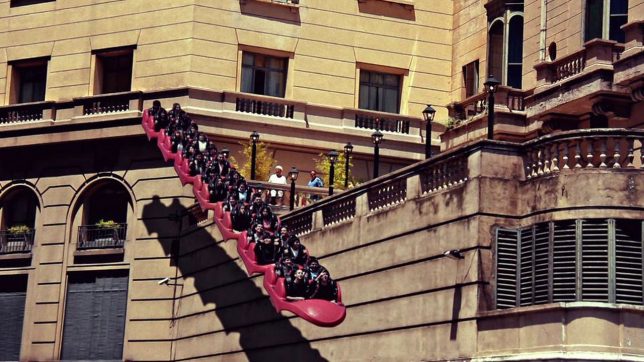
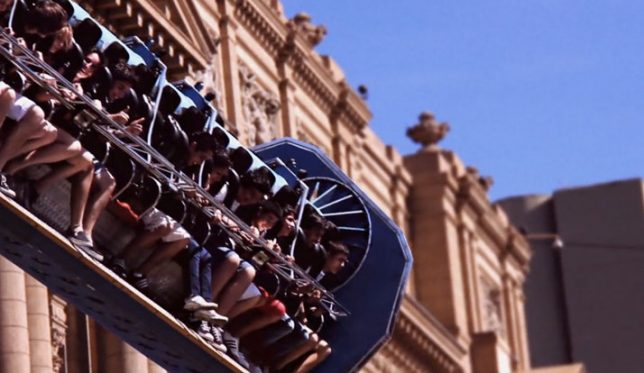
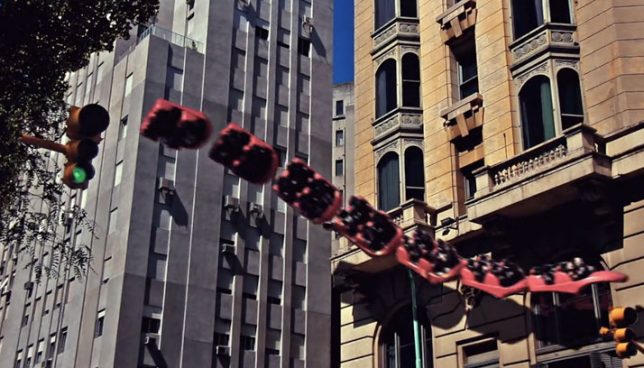
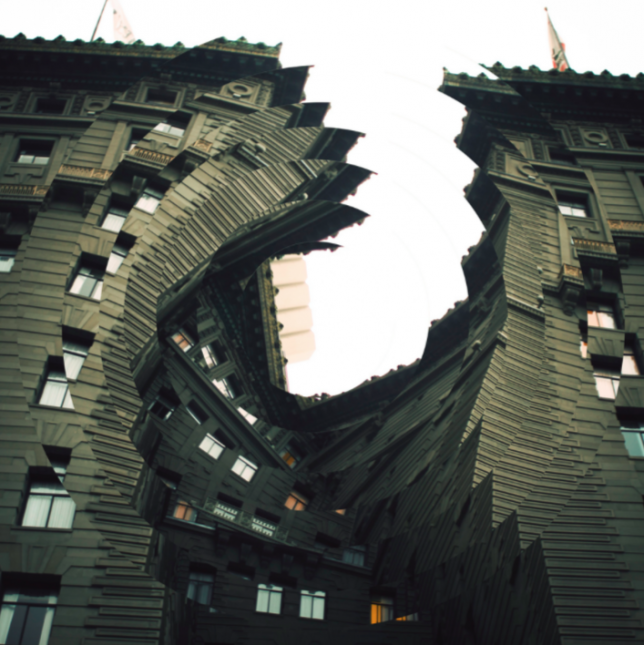

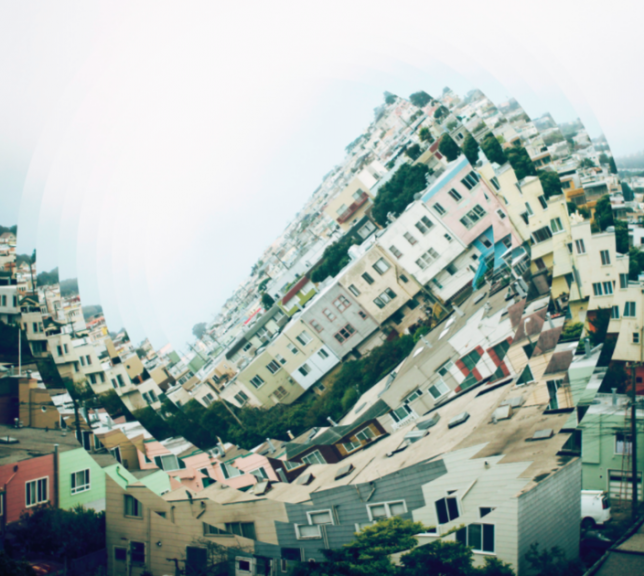
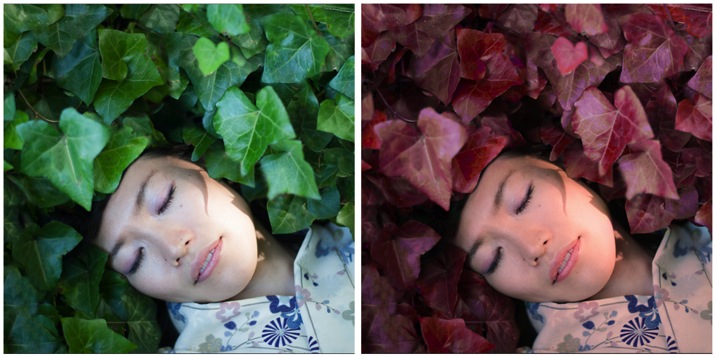
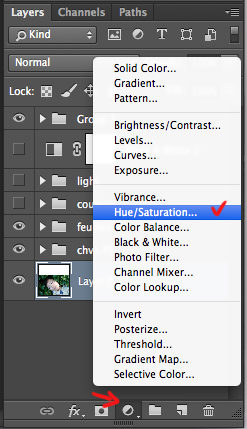
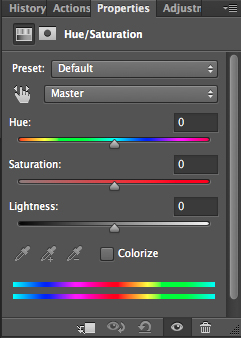
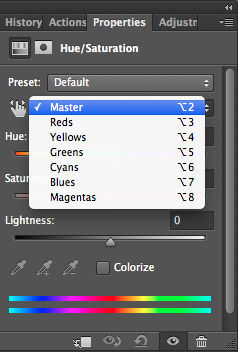

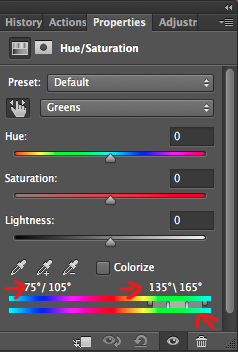
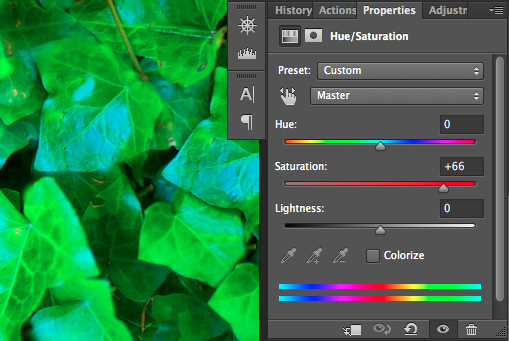
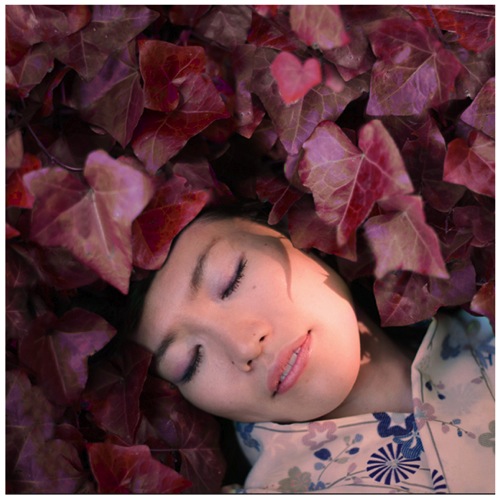

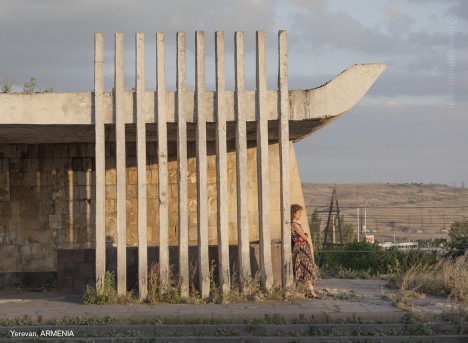
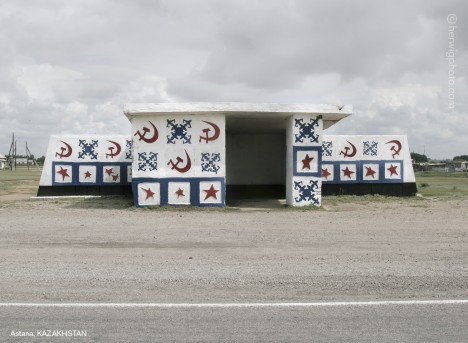
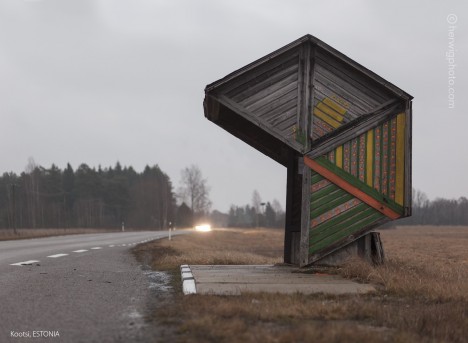
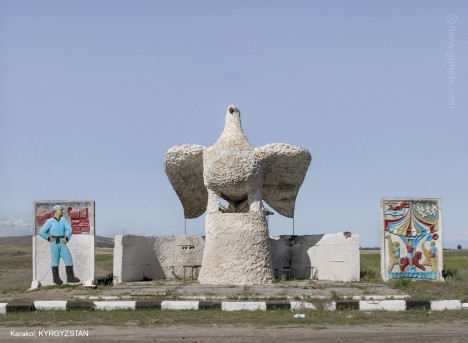
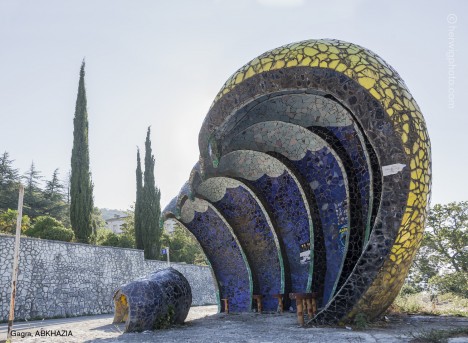
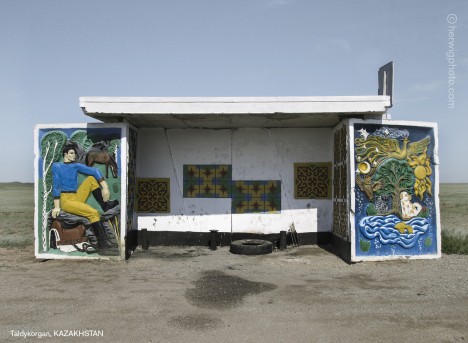
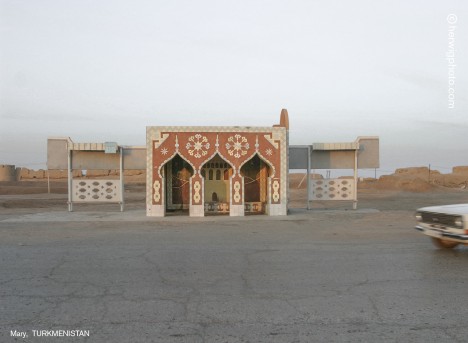

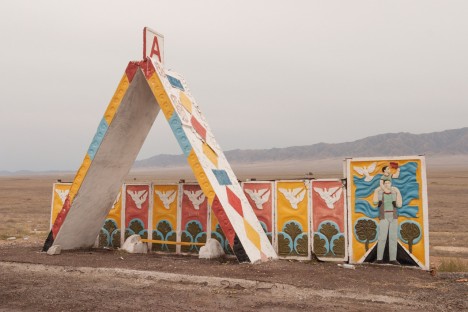

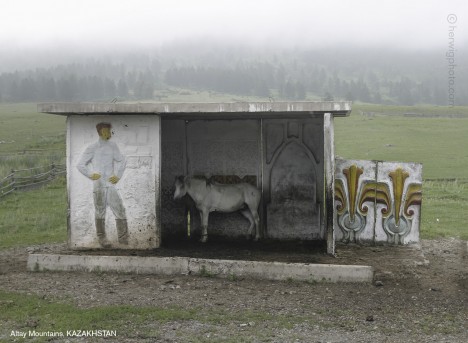
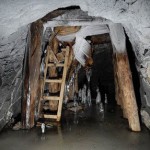
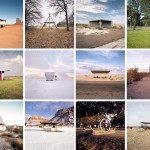






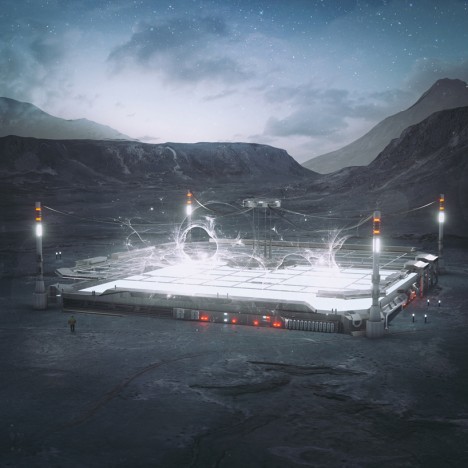
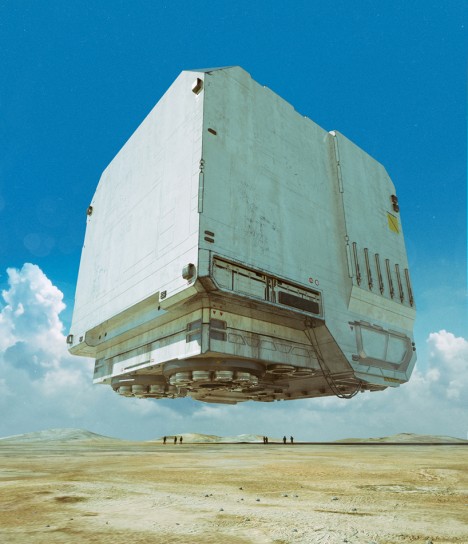

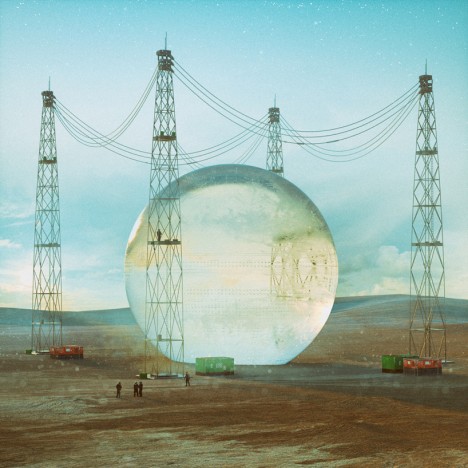
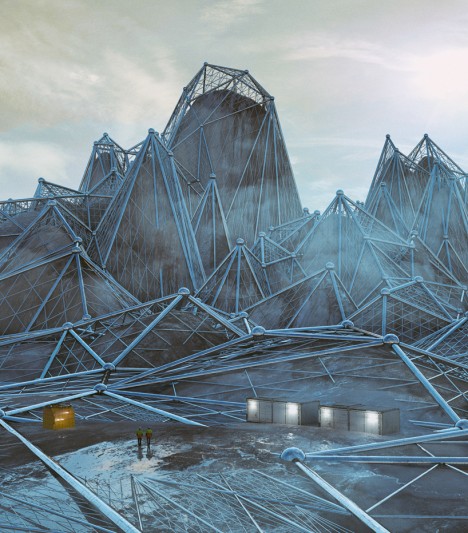
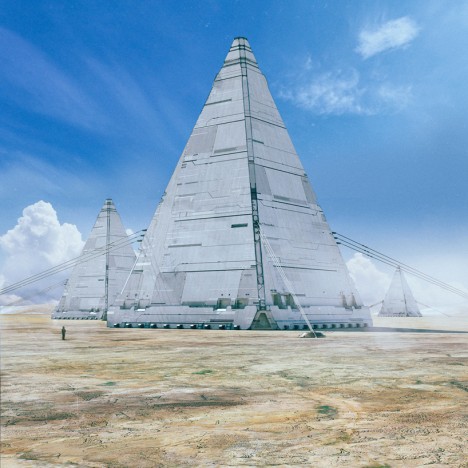

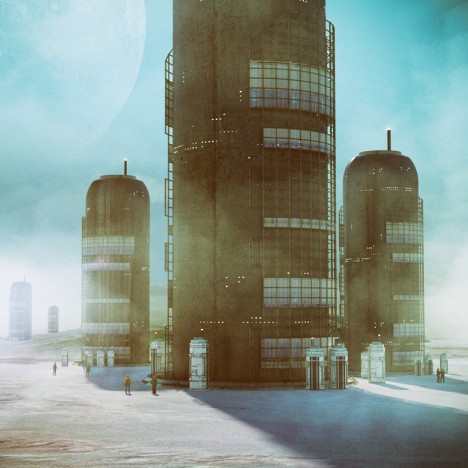

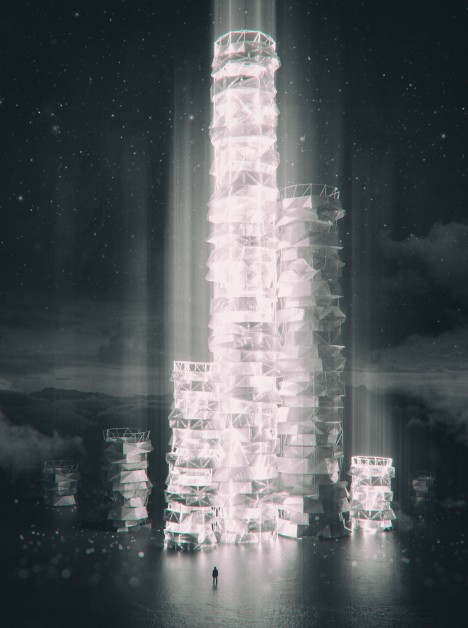
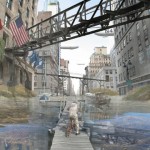
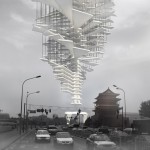
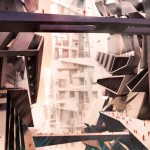
You must be logged in to post a comment.